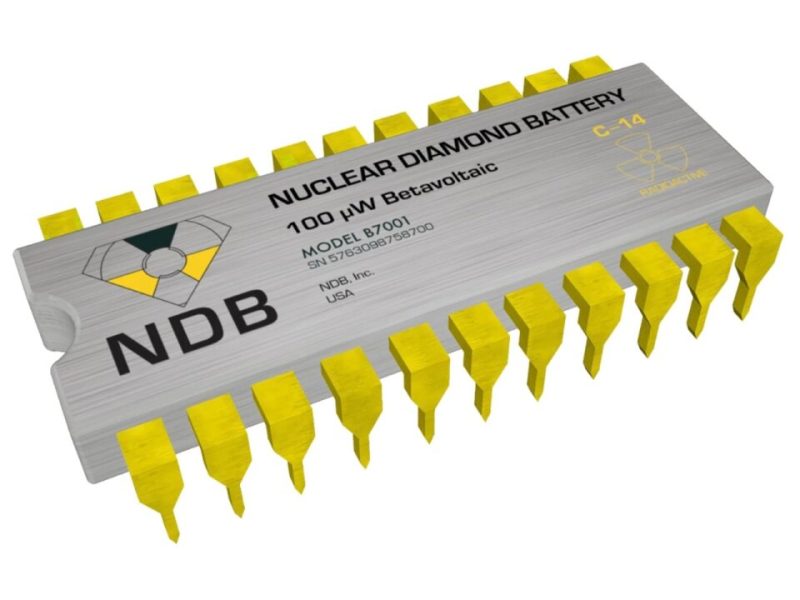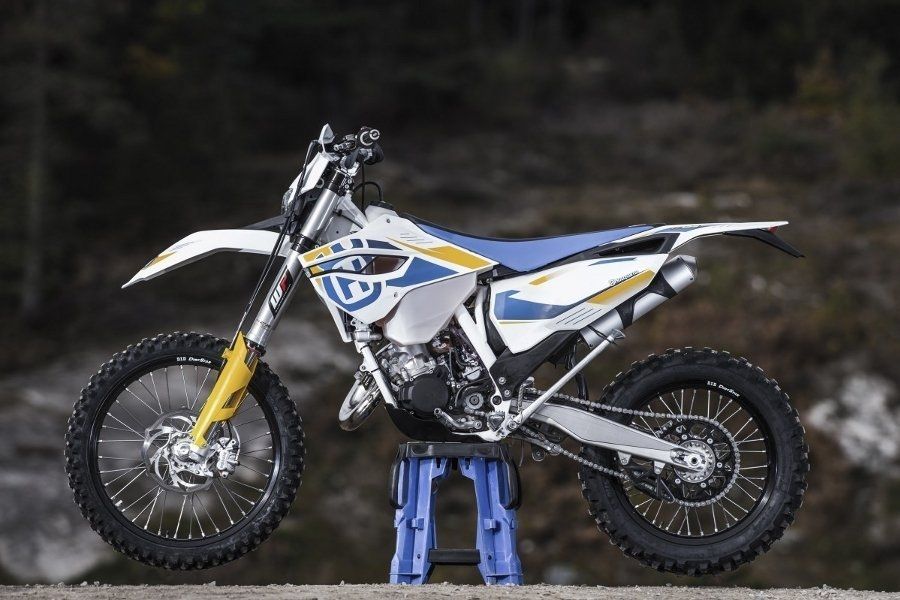
Do nanodiamond cells produce energy for 28 years? So the first step is taken
New week and new battery. Big Stakes This Time: Californian Startup NDB Claims To Create Diamond Cells From Carbon 14C (read: ce-fourteen) and carbon 12C. Cells are more than "self-charged" because they generate energy through radioactive decay.
Self-charging cells, the actual generators of nuclear energy
NDB devices look like this: in their center are diamonds made of the radioactive carbon isotope C-14. This radioisotope is readily used in archeology, with its help it was confirmed, for example, that the Shroud of Turin is not the fabric in which the body of Jesus was wrapped, but a fake of the XNUMXth-XNUMXth centuries AD.
Carbon-14 diamonds are key in this structure: they function as a source of energy, a semiconductor that removes electrons, and a heat sink. Since we are dealing with radioactive material, C-14 diamonds were encased in synthetic diamonds made from C-12 carbon (the most common non-radioactive isotope).
These diamond bodies were combined into sets and placed on a printed circuit board with an additional supercapacitor. The generated energy is stored in a supercapacitor and, if necessary, can be transferred outside.
The NDB claims that links can take any form, including, for example, AA, AAA, 18650 or 21700, according to New Atlas (source). Therefore, there should be no obstacles to their use in the batteries of modern electric vehicles. Moreover: the system must compete on price and, under certain conditions, be cheaper than classical lithium-ion cellsbecause it will allow the management of radioactive waste.
> CATL wants to ditch the battery compartments. Links as a structural element of the chassis / frame
What about radiation? The company that developed the new element claims that the radiation level is lower than that of the human body itself. This sounds reasonable because electrons from the beta decay of the C-14 isotope carry relatively low energy. However, the question immediately arises: if they are so low-power, how many such cells are needed to power, say, an ordinary diode? Is the square meter enough for the phone to work?
Some form of an answer can be found in the NDB rendering:

The classic integrated circuit with a nanodiamond generator offers a power of only 0,1 mW. We will need 10 1 of these ICs to power the XNUMX W (V) NDB diode.
In any case: the developers of the cells claim that they can be used, for example, in pacemakers. Or in phones where they drove electronics for millennia... Carbon C-14 has a half-life of approximately 5,7 years, and the NDB cells have a design life of 28 years, after which only 3 percent of the original radioactive material will remain. The rest will be converted to nitrogen and energy.
The startup emphasizes that it has already created a link proving that the theory makes sense, and now we are working on a prototype. The first commercial version of the element should be on the market in less than two years, with a higher power version in five years.
Here is a product presentation:
Note from the editors of www.elektrowoz.pl: the links described in the article can only be marketing products to trick investors into co-financing a startup.
This may interest you:

